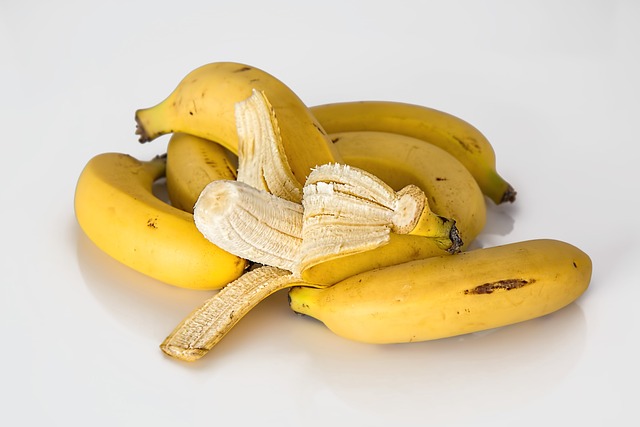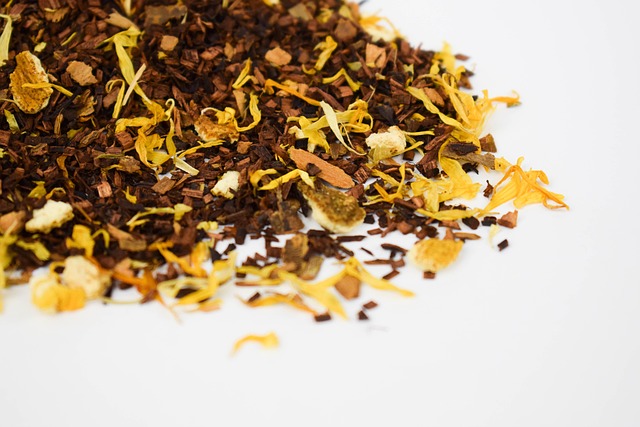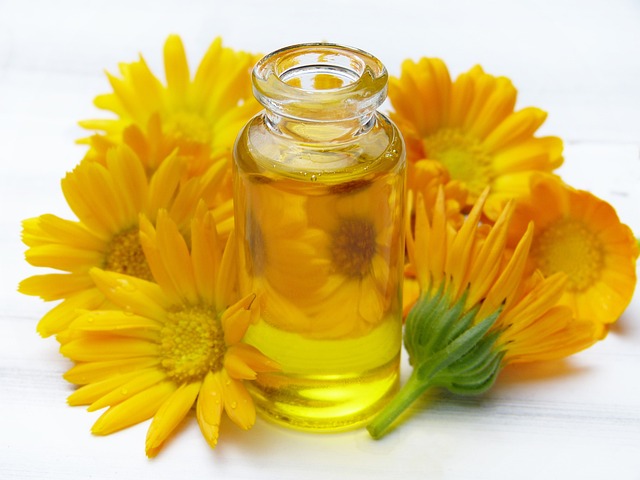Chemical peels, such as glycolic or salicylic acid treatments, are a popular and effective non-invasive procedure for achieving smoother, more youthful skin. These cost-effective skin resurfacing methods gently remove dead skin cells, reducing fine lines, wrinkles, and acne scars while exposing fresh, new skin. Different types of peels, like AHAs (glycolic, lactic acid) and BHAs (salicylic acid), cater to various skin types and concerns. Understanding your skin type is crucial for selecting the right peel, with gentle AHAs for normal to dry skin and stronger BHAs for oily or acne-prone skin. Safety should be a top priority, following professional instructions diligently to avoid temporary side effects like redness and peeling. Affordable options are available through local clinics, spas, online platforms, and beauty communities, offering high-quality peels without compromising results.
Looking for a cost-effective way to transform your skin? Discover the world of affordable chemical peels, a popular and effective skincare treatment. This guide explores everything you need to know about skin resurfacing peels, from their benefits and types to choosing the right option for your skin type and understanding potential side effects. Learn where to find these treatments near you and unlock your skin’s best-ever look.
Understanding Chemical Peels: A Simple Guide

Chemical peels, a simple yet powerful procedure, are a popular choice for achieving smoother, more youthful-looking skin. This non-invasive treatment involves applying a chemical solution to the skin, which gently lifts away the top layer of cells, exposing fresh, new skin beneath. Often used for skin resurfacing, these peels can help reduce the appearance of fine lines, wrinkles, and even acne scars.
The process is relatively straightforward: a dermatologist or skincare professional applies a specific chemical solution, like glycolic acid or salicylic acid, to the skin in a controlled manner. The solution breaks down the bonds between dead skin cells, allowing them to be easily removed. This simple procedure offers a cost-effective alternative to more extensive facial treatments while still providing notable results for maintaining and enhancing skin health and appearance.
The Benefits of Skin Resurfacing Peels

Skin Resurfacing Peels offer a multitude of benefits for those seeking improved skin texture and appearance. By gently removing the outer layer of skin, these peels stimulate collagen production, leaving behind smoother, brighter, and more even-toned skin. This process not only enhances the overall complexion but also unclogs pores, reduces fine lines, and minimizes the appearance of scars or age spots.
Furthermore, Skin Resurfacing Peels are a non-invasive procedure, making them an attractive option for individuals who prefer to avoid surgery or extensive recovery periods. They are suitable for various skin types and can be customized to address specific concerns, whether it’s acne scarring, hyperpigmentation, or simply achieving a radiant glow. This accessibility and versatility make Skin Resurfacing Peels a popular choice for those looking to invest in their skin health and appearance without breaking the bank.
Different Types of Affordable Chemical Peel Options

When it comes to affordable skin resurfacing peels, there are several options available that cater to different needs and budgets. These treatments use chemicals to gently exfoliate the top layer of skin, revealing smoother, brighter, and more even-toned skin beneath. Some popular choices include alpha hydroxy acids (AHAs), such as glycolic acid, known for their ability to dissolve dead skin cells and unclog pores. Lactic acid, another AHA, is gentler and suitable for sensitive skin. For those seeking deeper penetration and collagen stimulation, beta hydroxy acids like salicylic acid are a good option.
Additionally, retinoic acid peels, derived from vitamin A, offer powerful anti-aging benefits by promoting cell turnover and reducing fine lines and wrinkles. While these chemical peel options provide significant results, they remain accessible due to their concentration variations and tailored application methods.
How to Choose the Right Treatment for Your Skin Type

When considering chemical peels, understanding your skin type is key to choosing the right treatment for effective skin resurfacing. Different peel strengths and active ingredients cater to various skin concerns and tolerances. For instance, gentle alpha hydroxy acid (AHA) peels are ideal for normal to dry skin types, offering a mild exfoliation to reveal smoother, brighter skin. On the other hand, stronger beta hydroxy acid (BHA) peels target oily or acne-prone skin, unclogging pores and reducing inflammation.
To select the most suitable peel, assess your skin’s needs. Oily skin may benefit from salicylic acid or glycolic acid peels, while dry or sensitive skin should opt for a milder formula. Consulting a dermatologist can provide personalized guidance, ensuring you achieve the desired results without causing irritation. Remember, the right peel treatment will enhance your skincare routine, leaving your skin rejuvenated and revitalized.
Safety and Side Effects: What You Need to Know

When considering affordable skin resurfacing peels, it’s crucial to prioritize safety and be aware of potential side effects. Unlike some cosmetic procedures, chemical peels involve applying chemicals to the skin’s surface to remove dead skin cells and stimulate new growth. This process can offer significant improvements in skin texture and appearance, but it’s not without risks. Common side effects include temporary redness, itching, and peeling, similar to a sunburn. More severe reactions are rare but possible, especially with stronger peel solutions.
To ensure safety during at-home chemical peels or treatments at a clinic, follow professional instructions diligently. Avoid using expired products, as they may have degraded, and never mix different peel solutions. If you experience persistent pain, severe redness, or blistering, seek medical attention immediately. Pregnant women, individuals with certain skin conditions, or those taking specific medications should consult a dermatologist before undergoing any form of chemical peeling to prevent exacerbating existing health issues.
Where to Get Affordable Chemical Peels Near You

If you’re on the hunt for affordable skin resurfacing peels, your journey starts with a strategic search. Explore local clinics and spas in your area, as many offer budget-friendly options to cater to diverse skincare needs. Online research is also beneficial; several reputable e-commerce platforms partner with dermatology clinics, providing access to professional-grade products at discounted rates. Don’t forget to check for promotions or seasonal sales that can make these treatments even more accessible.
Consider joining beauty communities on social media or local forums where members share recommendations and deals for high-quality yet affordable skincare services. These platforms offer insights into where to find the best value for money, whether it’s through independent clinics known for their gentle peels or established spas offering package deals. Remember, a little digging can lead you to discover hidden gems offering exceptional skin resurfacing peels without breaking the bank.
